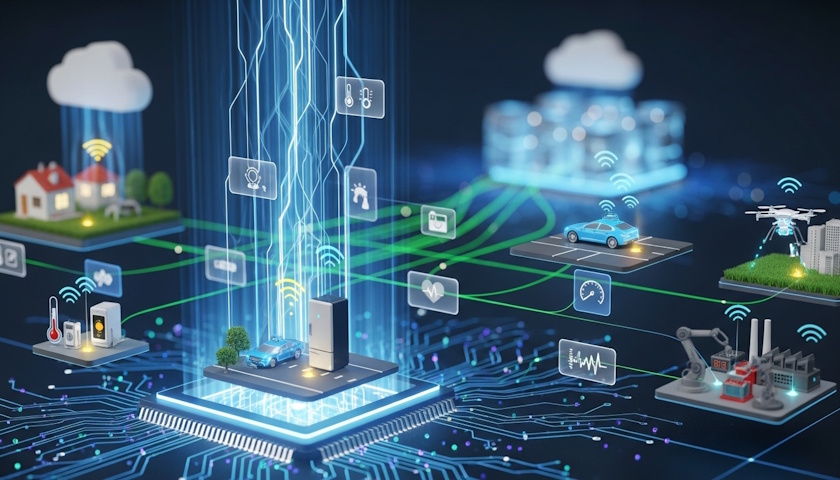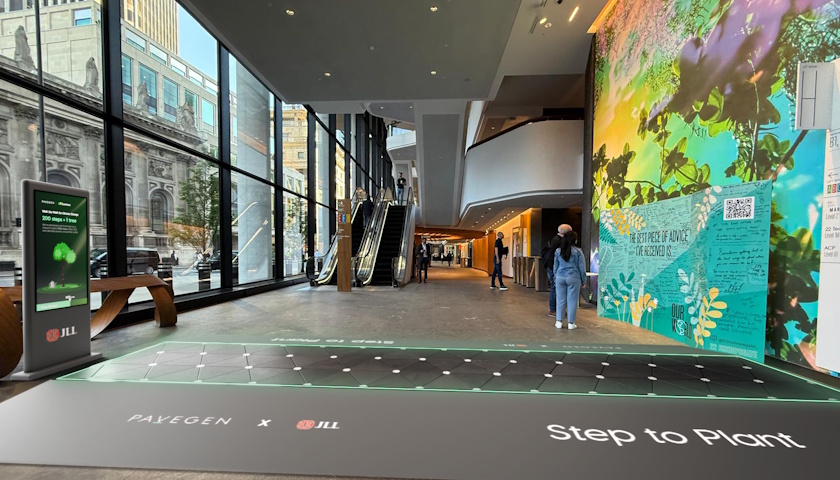Find someone who doesn’t use a smartphone these days and you’ll have achieved something – a recent report from Deloitte claims that four in five UK adults own or have regular access to one. And, with a huge, constant stream of information available, it’s not difficult to see why society’s eyes and fingers are glued to touchscreens.
For these devices to serve their purpose, however, they need reliable connectivity.
At first, we just had voice calls. Then came SMS and eventually, with GPRS and 3G, mobile internet was born. Even if 4G has made everything move much more quickly, our need for more speed continues to grow; and with our reliance on connected ‘things’ – not just phones – also building rapidly, the industry is firmly focused on the next generation: 5G.
What is 5G?
That question is harder to answer than you might think, as there’s currently no definition around which technologies will identify as 5G – nor are there any common global standards. Although they are being worked on.
From a broader perspective, though, 5G is the next big stage in the evolution of wireless connectivity. The general consensus, supported by the GSMA, is that there will be two major strands: an evolutionary piece aimed at making all existing and future mobile technologies – including WiFi – play nicely together, and the revolutionary piece, which is focused on massive speed and low latency.
The specific criteria may differ from source to source, but they all point to the same types of improvement: greater speeds, better capacity, more reliability, enhanced efficiency and reduced latency. There’s certainly a lot of promise.
How it stacks up
In terms of figures, the GSMA suggests 5G networks will offer bandwidth throughput as high as 1Gbps and beyond, with latency as low as one millisecond. This would enable a host of new services, including autonomous driving, augmented reality and virtual reality.
These thoughts are aligned with the definitions of ITU (International Telecommunications Union), which expects 5G to enable the applications mentioned above as well as enhanced industry automation, cloud services, smart cities and smart buildings. ITU has also defined three main characteristics for 5G: Enhanced mobile broadband; massive machine-type communications; and ultra-reliable and low latency communications.
For some perspective, the highest average 4G speeds in the UK are still less than 30Mbps per second.
The GSMA and ITU’s figures are just baseline expectations, however – trials suggest it could be considerably faster still, with some in the industry estimating eventual download speeds up to 1,000 times higher than 4G, potentially exceeding 10Gbps. This may not happen immediately, but such speeds are in fact faster than most – if not all – current UK consumer fixed broadband lines, fibre and cable included. This could be another early indication that 5G will transform the telecommunication industry as a whole, and not just mobile.
Latency – a measurement of how long it takes the network to respond to a request – is another key consideration, especially given the types of applications we’re anticipating for 5G. The expected reductions here will make it ideal for use within new industries or applications where instantaneous response is required, such as autonomous vehicles and virtual reality.
Where can 5G really add value?
The most obvious application is improved mobile broadband, with 5G building on the already-impressive capabilities of its predecessor. This means easier, faster and higher quality communication for businesses and consumers.
The next is Fixed Wireless Access (FWA), as in many instances 5G will offer better speeds and lower costs than fixed broadband solutions, such as fibre and cable; this will be the case in urban and rural areas under certain conditions.
This new generation of connectivity will have a huge impact on ‘smart’ machine-to-machine technologies, with the improvements in speed, latency, network resilience and electricity consumption in particular allowing all manner of devices and sensors to communicate effectively and in real-time. 5G is also likely to allow a much lower cost-per-application for the Internet of Things (IoT), opening up the possibility of mass roll outs of new applications where current costs would be too high.
This includes connected – and even driverless – cars, for which 4G networks aren’t quite sufficient. Our surroundings will become smarter too; expect largely automated cities and more efficient homes as the ‘things’ within them become better at interacting with one another.
The IoT will evolve from concept into reality, enabling vital connections between people and processes. Future applications could include real-time healthcare monitoring, smart agriculture and sensor-driven traffic management.
It’s impossible to know exactly where 5G will be applied, but it’s safe to say it will help in allowing the UK to become truly digital.
Source: https://www.arqiva.com



